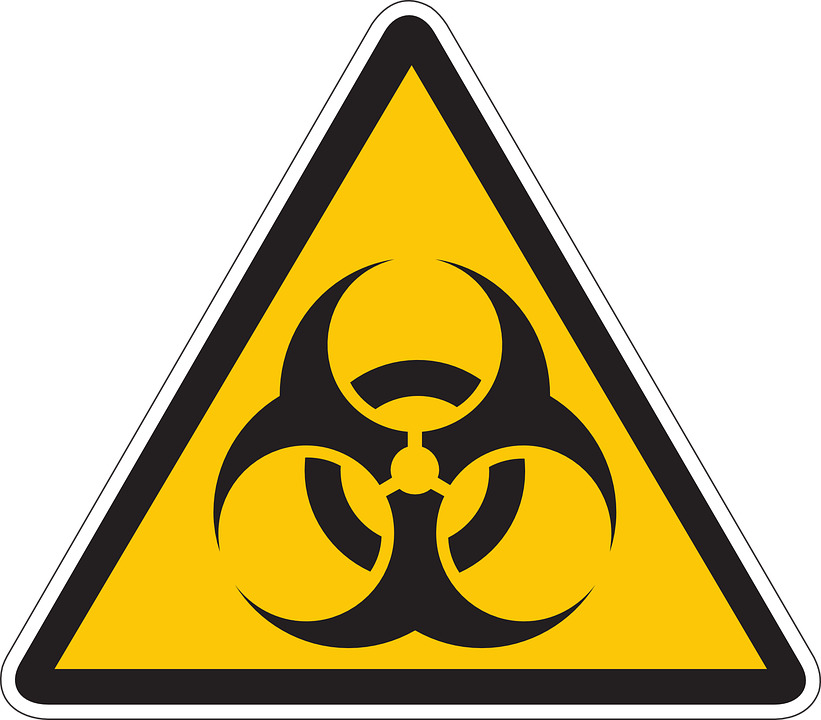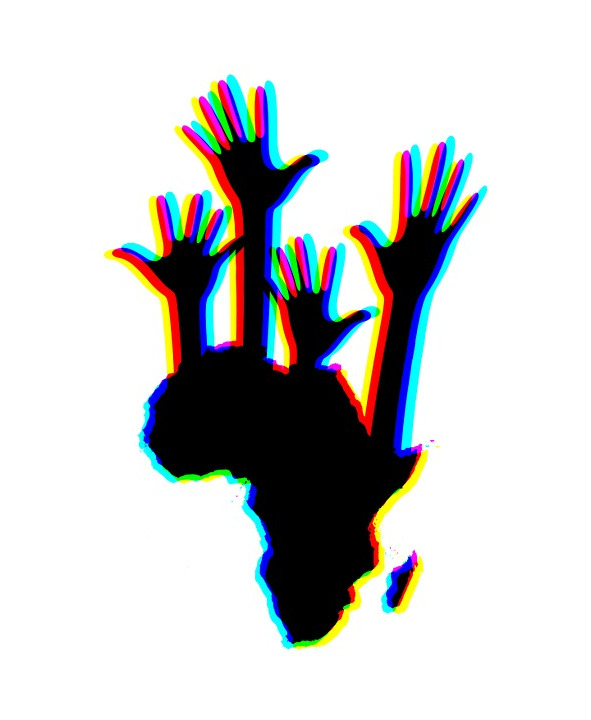
Introduction
It was around 30 years ago, when the World for the first time faced the outbreak of the most terrible virus, absolutely unknown at that time, which developed AIDS in patients, and the disease was contagious and incurable, and it was spreading far and wide fast, therefore, they called it the plague of the XX century.
«Anyone who has the least ability to look into the future can already see the potential for this disease being much worse than anything mankind has seen before», — those were the words of Dr. Ward Cates from US Centers for Disease Control.
The word AIDS is the combination of the first letters of the words from the phrase «acquired immune deficiency syndrome». It is the human immunodeficiency virus, or HIV — by the first letters of the words from this brief description, which causes the dangerous disease.
HIV extension became a major problem threatening the human civilization. Professionals in medicine believe that many developing countries now became the World leaders in the HIV-infection attack rate.
There is something that medical workers worldwide fear even more. More and more often, HIV is found in those people, who by no means might belong to so-called «risk groups». That is why one must keep in mind that HIV is no loner the problem of drug addicts, prostitutes and homosexuals, being frequently found among people with traditional values, too.
AIDS is the final stage of the performance, and it is often the result of long years of infection process, hidden somewhere deep inside, growing up gradually into a merciless monster finally killing everyone it can reach.
Dozens of millions of HIV-positive are already registered worldwide, and the number is increasing day in, day out.
Is there something we might learn to eliminate the risk to get this dangerous and virtually incurable disease?

The first appearance
The acquired immune deficiency syndrome, or AIDS, caused by human immunodeficiency virus, or HIV, is a lethal disease. Epidemiologists believe it originates from Western Africa. The very first transfer was from green monkeys to humans living nearby, and, already from that point, it filled the entire World.

Back in 1969, the first cases were reported among prostitutes in USA, with symptoms of AIDS. In 1978, homosexuals in USA and Sweden, as well as males in Tanzania and Haiti, demonstrated the same symptoms. But it was only in 1981, when the US Centers for Disease Control reported about the new disease spreading among homosexuals in Los-Angeles and New-York. Around 440 HIV carriers were found in USA, and half of them died soon.
Michael Gottlieb, an American scientist from the US Centers for Disease Control, in 1981, identified the new disease, which seriously affected human immune system, and it was in 1982, when the new disease was called the Acquired Immune Deficiency Syndrome (AIDS).
Luc Antoine Montagnier, a French virologist, discovered the virus nature of the new disease in 1983. It was he, who discovered an unknown retrovirus in a lymph node removed from a patient with AIDS.
In 1984, Dr. Robert Gallo, the director of the Institute of Human Virology, claimed he found the true cause of AIDS. He managed to extract the virus from the peripheral blood of humans with AIDS.
In 1987, the World Health Organization approved the name for the new virus, which caused AIDS, and the virus was called human immunodeficiency virus, or HIV. It was the same year, when the World Health Organization developed and approved the global strategy for fighting AIDS.
HIV-infection is a new degenerative disease, which destroys specifically the immune system to develop the immune deficiency, and it is the immune deficiency, which opens the doors wide for multiple secondary infections, malignant tumors and pathological autoimmune processes.
According to UNAIDS, the Joint United Nations Programme on HIV/AIDS, the total number of people with HIV, as registered worldwide on the day of December 31, 2012, was 35.3 million (32.2—38.8 million people). Every day 7400 new HIV-positive people join, as 5500 leave for good having lost the fight with conditions resulting from HIV-infection. Every hour 308 new humans become HIV-positive.
The source of HIV-infection
HIV-infection may come from a person with AIDS or from an HIV-carrier having no symptoms as yet. The disease may be transferred during sexual act, especially homosexual one; an infected mother may share the disease with her child through placenta during pregnancy, or giving birth, or breast-feeding; the infection may be shared via shaving tools, a toothbrush, via nail treatment tools during the procedure, and also via other sharps, including those used by hairdressers.
Occasionally, HIV may be transferred during diagnostic and treatment procedures through damaged skin, mucous membranes (that includes blood and blood product transfusions, organ and tissue transplantations, injections, surgeries, endoscopic procedures etc.), during assisted reproduction, and indeed during something more ominous, for example taking drugs intravenously, or making a tattoo.

The risk group includes passive homosexuals and prostitutes, whose mucous membranes are more likely to be damaged. Among women, those taking drugs intravenously are at risk above all.
A child may acquire the HIV, if the mother already has it. Unborn yet, the child is inside the mother, and they are connected by the umbilical cord with blood going through it in both directions. Should the mother have HIV, it may easily be transferred to her child. Besides, there is a risk of infecting babies via breast milk.
Eighty percent of HIV-positive children have mothers who either already have AIDS, or are HIV-positive, or belong to well-known risk groups. Following next are those children, who had blood transfusions; next are children with hemophilia. Professionals in medicine, who work with blood and other biological liquids from HIV-positive patients, are at risk, too.
Бесплатный фрагмент закончился.
Купите книгу, чтобы продолжить чтение.
